When it comes to the art of tailoring, every detail on a suit serves a purpose. And few elements speak louder about style and craftsmanship than the lapel.Whether you’re shopping for your first tailored jacket or refining your understanding of classic menswear, knowing what is lapel in suit and its role is really important. In this guide, I’ll walk you through everything you need to know about suit lapels: function, styles and its influence the overall look of your ensemble.
1. What is lapel in suit?
A lapel is the folded flap of fabric on the front of a suit jacket, formed where the collar meets the front panels. In simple terms, it’s the part that frames your shirt and tie, often featuring a buttonhole or decorative stitching.
The lapel plays a central role in shaping the overall look of a suit. It draws the eye upward, guiding attention toward the face, and helps balance proportions between the shoulders and chest. A well-chosen lapel complements the wearer’s physique and the intended occasion, making it one of the most expressive parts of the jacket.
Historically, the lapel traces its roots back to the early 19th century. Originally, suit jackets were designed to be fully buttoned up, but as men began to unfasten the top buttons for comfort, the flaps naturally folded outward, giving birth to what we now know as the lapel. Over time, lapels evolved from purely functional folds to refined design elements that speak volumes about a gentleman’s taste and attention to detail.
What is lapel in suit? It’s more than just a piece of fabric, it’s a signature element that defines the suit’s style, formality, and visual balance.
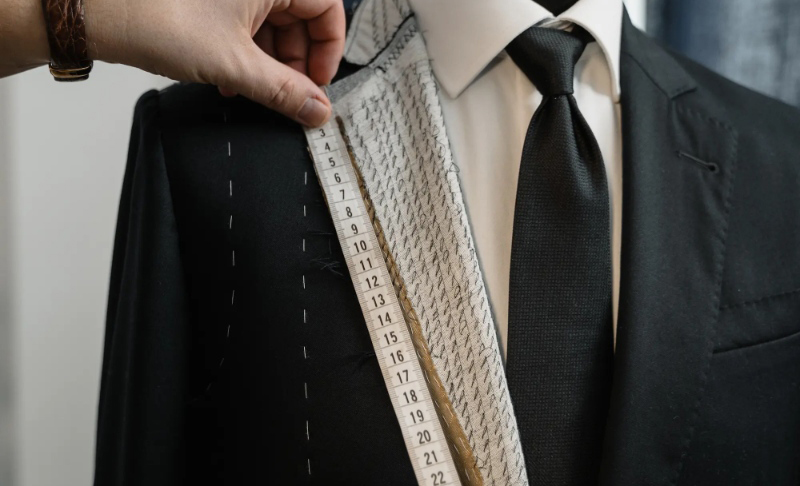
2. Types of suit lapels
While the lapel may seem like a small detail, it’s one of the first things people notice in a suit. Anh it comes with a variety of shapes and form too. Understanding the different suit lapel types is key to choosing a jacket that matches both the occasion and your personal style, helps you choose the right suit for the right moment.
Notch lapel
The notch lapel is the most common and versatile style, identified by the small cut-out or “notch” where the collar meets the lapel. It’s a staple of business suits, often seen on single-breasted jackets. Simple, timeless, and elegant, the notch lapel is appropriate for almost every setting, from daily office wear to semi-formal events. If you’re just beginning to build your wardrobe, this is the lapel to start with.

Peak lapel
The peak lapel is distinguished by its sharp, upward-pointing edges that extend beyond the collar line. Bolder and more structured, the peak lapel adds a touch of power and confidence to the suit. Traditionally found on double-breasted jackets and formal suits, it’s a favorite among those who want to stand out. This lapel suits formal occasions, weddings, and boardrooms where a stronger visual presence is welcomed. It also works well for men with narrower shoulders, as it draws the eyes outward and creates a broader silhouette.

Shawl lapel
The shawl lapel features a smooth, rounded edge with no notches or peaks. It’s most commonly associated with tuxedos and evening wear, offering a sleek, sophisticated look. The shawl lapel is all about elegance and tradition, it exudes refinement and is best reserved for black-tie events or formal dinners. When paired with a satin finish, it adds an unmistakable sense of luxury to the jacket.
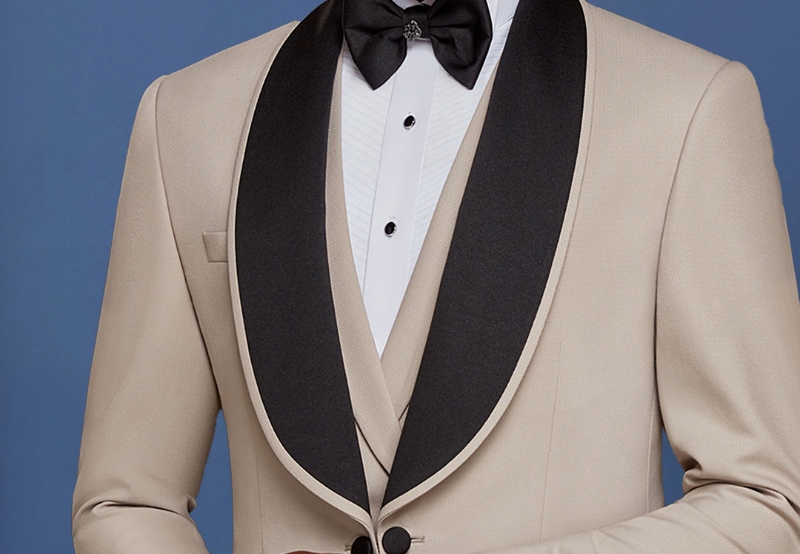
3. How to choose the right lapel for your body type and occasion
For slim or tall builds
If you have a slender frame or a tall silhouette, a wider notch or peak lapel can help add visual breadth to your chest and shoulders. The width creates a sense of balance, especially for men with longer torsos or narrow builds. A peak lapel is particularly effective, draws the eye outward and upward, creating a stronger, more confident shape. For formal events, a wide peak lapel on a structured jacket enhances presence without overwhelming your figure.

For broad or muscular builds
Gentlemen with athletic or broader frames should opt for moderate-width lapels, ideally notch or peak styles. Too slim a lapel can make the chest appear disproportionately large, while overly wide lapels may exaggerate your frame. A balanced peak lapel offers sharpness without excess, helping to streamline the upper body while maintaining structure.
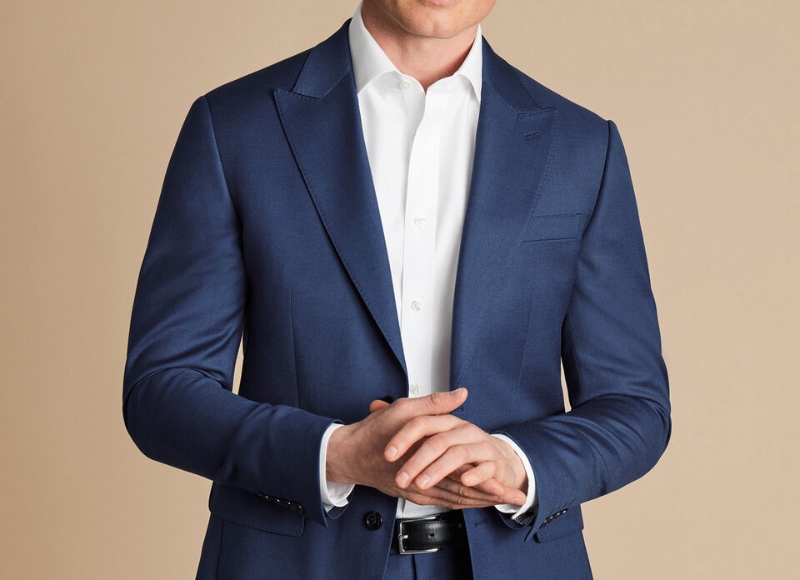
For shorter or stockier builds
If you’re on the shorter side or have a rounder build, a slimmer notch lapel is often the most flattering. It keeps the visual lines clean and vertical, avoiding any unnecessary bulk on the chest. A subtle peak lapel can also work well, as long as it isn’t too wide. It adds verticality and elegance, especially when paired with a jacket that has a slightly longer cut to elongate your shape.

Matching lapels to the occasion
For daily business attire, notch lapels are your best companion: versatile, professional and universally accepted. If you’re attending a wedding, especially as a groom or groomsman, a peak lapel offers a sophisticated edge that photographs beautifully and adds ceremonial charm.
When the event calls for black-tie or formal evening wear, there’s no substitute for the shawl lapel. Paired with a well-fitted tuxedo, it delivers timeless elegance and understated luxury.

Style pairings for each lapel
- Notch lapel: Best with classic ties, pocket squares in muted patterns, and slim to regular-fit trousers.
- Peak lapel: Pairs well with bold accessories, wider tie knots, double-breasted jackets, and polished shoes.
- Shawl lapel: Perfect with a bow tie, pleated dress shirt, and formal patent leather shoes.
4. Lapel width: why it matters
When we talk about a suit’s lapel, we often focus on style but often forget about an equally important thing. It is the width of the lapel itself. This small detail bring a big impact, shaping how the entire jacket looks and how it complements your body.
Lapel width generally falls into three categories: slim (2.25–2.75 inches), standard (3–3.5 inches) and wide (3.75+ inches). Each brings a different energy to the suit.
Slim lapels project a modern, fashion-forward look—sharp and streamlined. They’re often seen in contemporary cuts and favored by slimmer builds.
On the other hand, wide lapels channel a more classic, confident style. They echo the tailoring traditions of the mid-20th century, exuding power and timeless elegance. Think of icons like Cary Grant or Al Pacino in The Godfather. Broad lapels were the standard of strength and refinement.
Modern style trends favor a medium lapel width, roughly 3 to 3.5 inches, as it offers the best of both worlds: contemporary appeal with a nod to classic tailoring. It works across most body types and is versatile enough for both business and formal occasions.
When choosing between these widths, besides your personal taste, balance is also an important key. The lapel should match the width of your shoulders and the proportions of the jacket. A narrow lapel on a broad chest can feel underwhelming, just as a wide lapel on a small frame may overwhelm the silhouette. A well-proportioned lapel visually balances the upper body, anchoring the jacket in harmony with the wearer’s build.
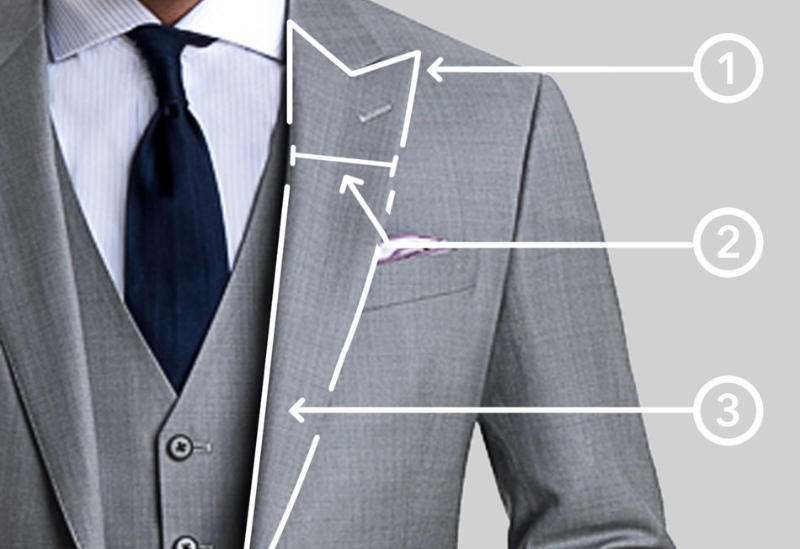
5. Common Mistakes to Avoid When Choosing Lapels
Mismatching the lapel with the shirt collar
One of the most overlooked details is the harmony between your lapel and shirt collar. If your shirt has a wide spread collar, pairing it with a very slim lapel can throw off the balance. Likewise, a bold, wide lapel can overpower a small point collar. The lines of your shirt and suit should complement each other, not compete. When in doubt, try the jacket on over your intended shirt and check the proportions in the mirror or with your tailor.
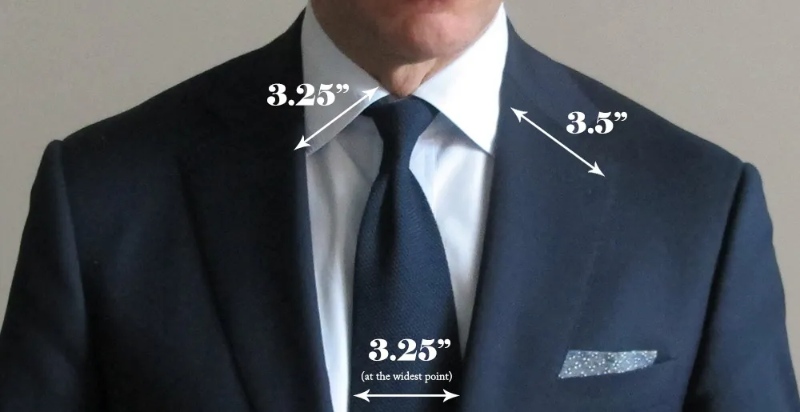
Choosing a lapel that doesn’t suit your body or style
Lapel style should enhance your physique and align with your personal aesthetic. Wearing a wide peak lapel when you have a smaller frame might drown your silhouette. Similarly, a narrow lapel on a broad-chested man may look out of place or overly trendy. Finding the lapel that fits your frame would reflect who you are and speak volume about your style, fluently.
Wearing the wrong lapel for the occasion
Just like you wouldn’t wear sneakers to a formal gala, certain lapels are better suited for specific events. A shawl lapel, for example, is elegant but reserved for tuxedos and black-tie occasions. Wearing it to a business meeting would feel out of place. Conversely, a notch lapel is perfect for the office, but might lack the presence needed at a formal evening event.
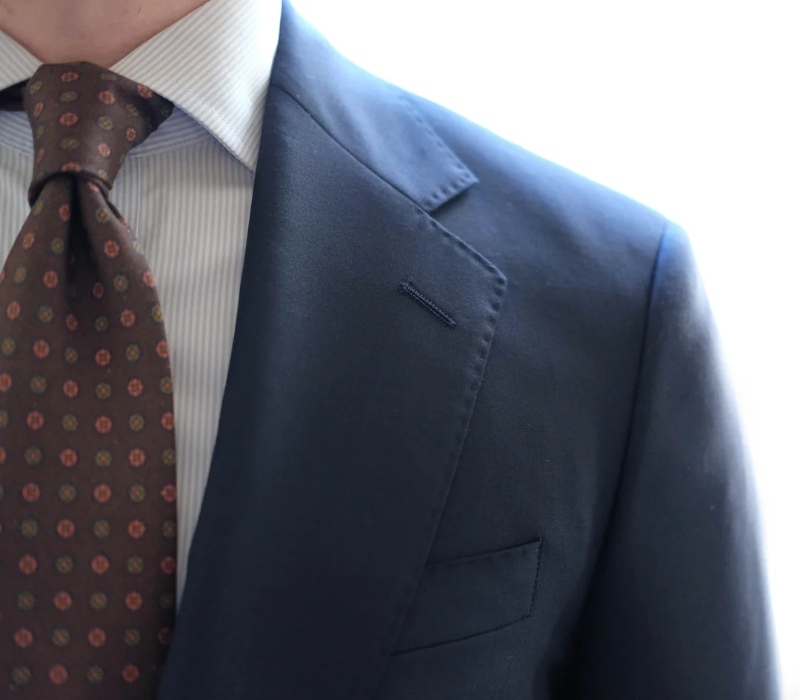
Understanding what is a suit lapel is is more than just learning tailoring terms. It’s about recognizing the subtle details that define elegance, structure, and personal style in menswear. Whether you lean toward the timeless notch lapel, the bold peak, or the refined shawl, each choice speaks to the occasion and your individual character. A well-chosen lapel doesn’t just frame the suit, it frames the man. A fine small detail, but can makes a world of difference.
Image cre: Internet
